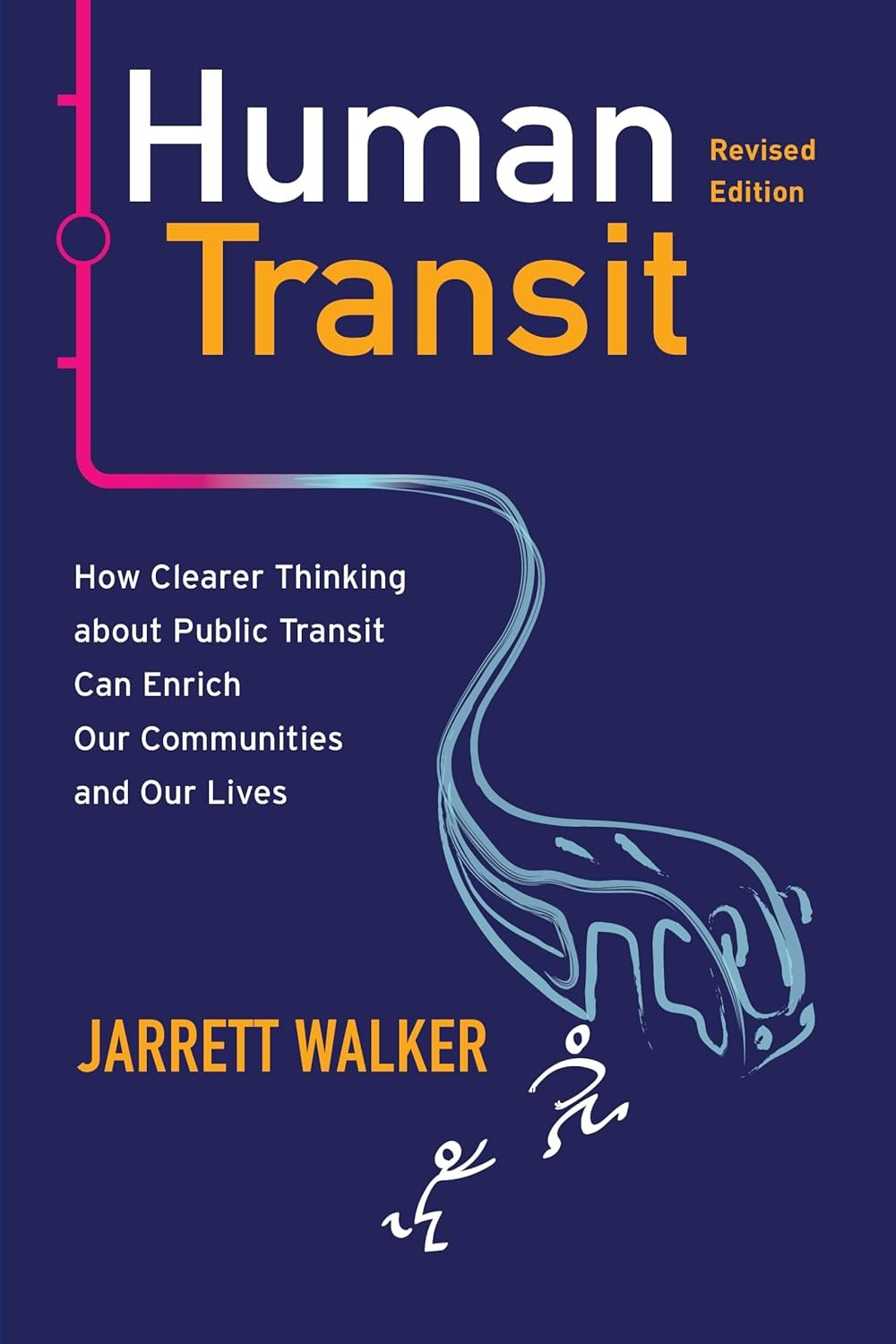

Book Review: Disillusioned
Disillusioned: Five Families and the Unraveling of America’s Suburbs by Benjamin Herold was not the book I was expecting when I first picked it up. I was expected a book that tracked my own disillusionment with the suburbs. Instead, what we got were five stories of suburbs in transition from prosperous white neighborhoods to poor neighborhoods of color. This book pus personal stories to the data discussed in The Color of Law.
While reading this book, at first I found it difficult to accept the book for what it is, rather than be disappointed by in not being what I had expected it to be. I had been looking for a book that delves deep into how car dependency hurts us, our families, and our communities. Many books dance around these topics, like Confessions of a Recovering Engineer, Palaces for the People, and especially Happy City. However, I have yet to read a book that fully captures my own experiences.

Book Review: Escaping the Housing Trap
Before starting Escaping the Housing Trap: The Strong Towns Response to the Housing Crisis by Charles Marohn and Daniel Herriges, I was very skeptical of what it would say. While I’ve found a lot of value in Chuck’s writing in the past, I know his background is not in housing and so I doubted his insights into the housing crisis. What I found was the most well rounded analysis of the cause of the housing crisis and some interesting suggestions for solutions to the crisis.
The housing trap that we find ourselves in is simply stated in the introduction of the book, “We need housing prices to fall; we also cannot afford for them to fall. Thus, we are trapped.” Chuck and Daniel do a wonderful job explaining how the US economy became dependent on high housing prices. There is so much wealth tied to the mortgage and mortgaged derivative markets that if home prices went down in an meaningful way, our economy would collapse. While this might sound like hyperbole, the 2008 crash shows the very real threat a housing crash would have on the backing industry.
Of course, this is not a new problem, it’s one that’s been building since the Great Depression. Escaping the Housing Trap walks through the programs put in place in the 1930s and then changed and expanded throughout the second half of the 20th Century to get us to the housing market we have today. It is this analysis and history of the financial structures that make housing possible, not just of the changes to zoning and building codes, that sets this book apart.

Book Review: City Limits: Infrastructure, Inequity, and the Future of America’s Highways
When I wrote about the book Crossings at the end of January, I said, “the book could have been greatly expanded to talk about how the growth of road networks in our cities over the past century have transformed our cities and society.” City Limits: Infrastructure, Inequity, and the Future of America’s Highways by Megan Kimble is the follow on to Crossings that I was looking for. City Limits focuses on highway development and opposition in Houston, Dallas, and Austin. While all three of these cities are obviously in Texas, their stories are diverse enough that they can be instructive for cities outside of the Lone Star State as well.
Much of the first part of the book talks about the social ills of ever-expanding highways. This feels like old information for folks who have been interested in cities for a while, but for people just being introduced to the freeway fight this is useful background and history. This first part of the book also introduces us to many of the personal stories that will carry us throughout the book as various aspects of highway widening and the first against them are explored.
These personal stories are really the focus of the book. Sharing the lived experiences of the people in the path of highway widening is the heart of this book. These stories illustrate the real human impact of highway widening projects. In fact, these stories are such a focus that we often miss the wider perspective and data that can be useful in opposing wider freeways elsewhere.

Book Review: Human Transit (Revised Edition)
For the past decade, Human Transit by Jarrett Walker has been the preeminent book for non-transit planners to understand transit planning. A revised edition of the book was released earlier this year which incorporates an additional decade of experience Jarrett has obtained as a practicing transit planner. Overall, Human Transit is the best example that I’ve found of books by consultants that walk the tightrope between advocacy and execution.
Overall, Jarrett’s framework for thinking about transit is that access is the key metric that transit agencies should be paying attention to. He defines access as “the freedom to do anything that requires leaving the home.” This focus on access, and the chapter dedicated to it, is new in the revised edition. While the rest of the book has not been substantially changed, this lens of access changes the understanding of the rest of the book even if the words did not change. It provides this idea that when designed and evaluating different transit options, transit agencies should be looking at how many people will have access to jobs and school and shopping and anything else that will take them out of the house via transit versus other modes of transportation. This is a significantly different way of evaluating transit than that which was presented in the first edition.
